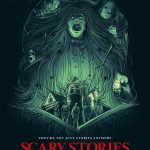An American Werewolf in London (1981)
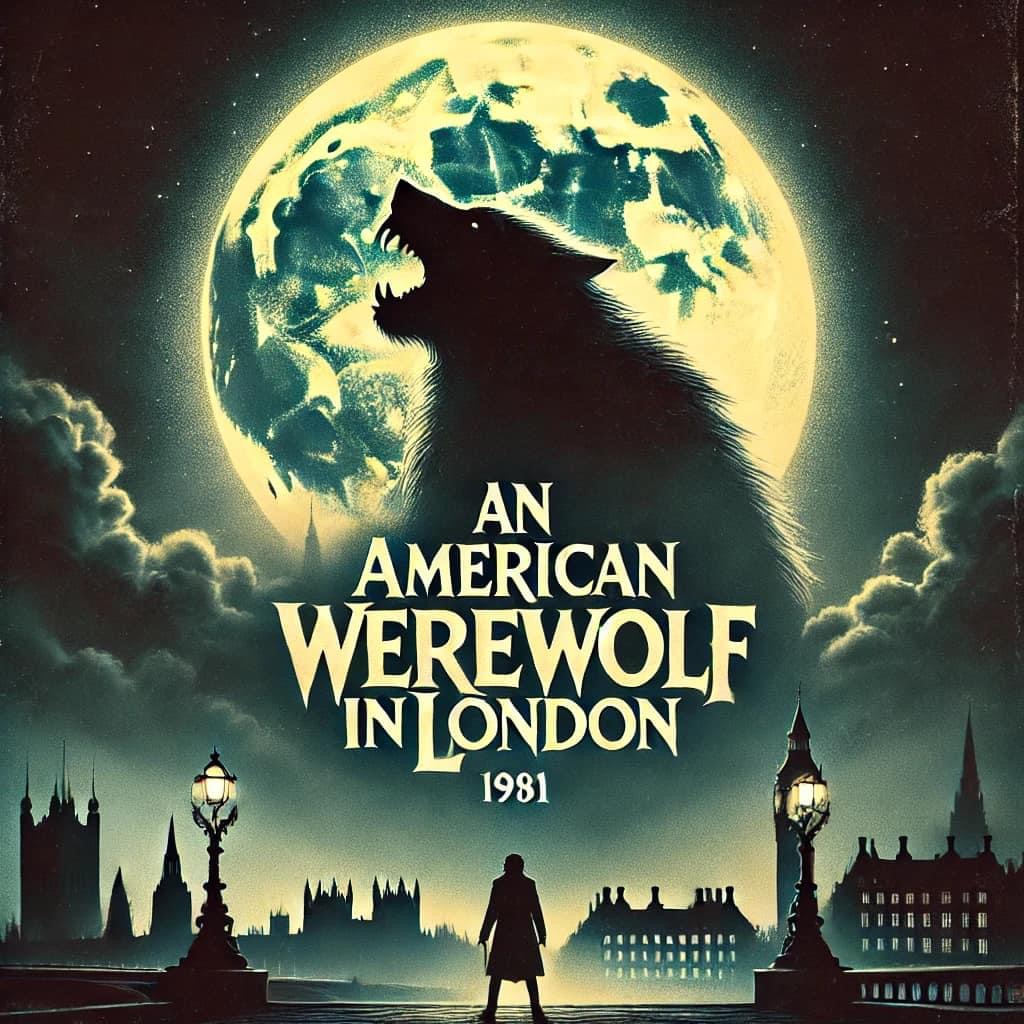
An American Werewolf in London (1981), directed by John Landis, is a unique blend of horror and dark comedy that has achieved cult status over the years. The film is notable for its groundbreaking special effects, iconic transformation sequences, and its tonal balancing act that shifts between horror, humor, and tragedy. It redefined werewolf films, influencing the genre for decades
Suggested videos for you:
Plot Overview
The story follows two American backpackers, David (David Naughton) and Jack (Griffin Dunne), who are attacked by a werewolf while hiking across the Yorkshire moors in England. Jack is killed, and David is severely injured but survives, only to later discover that he has been bitten and is now cursed to become a werewolf. As David tries to come to terms with his fate, he experiences vivid nightmares, hallucinations of his dead friend Jack (who warns him to commit suicide to break the curse), and ultimately transforms into a werewolf.
Set against the backdrop of London, David’s transformation into a monster and his battle with the uncontrollable urges that come with it form the heart of the movie. At the same time, a budding romance with nurse Alex (Jenny Agutter) gives the narrative some emotional grounding.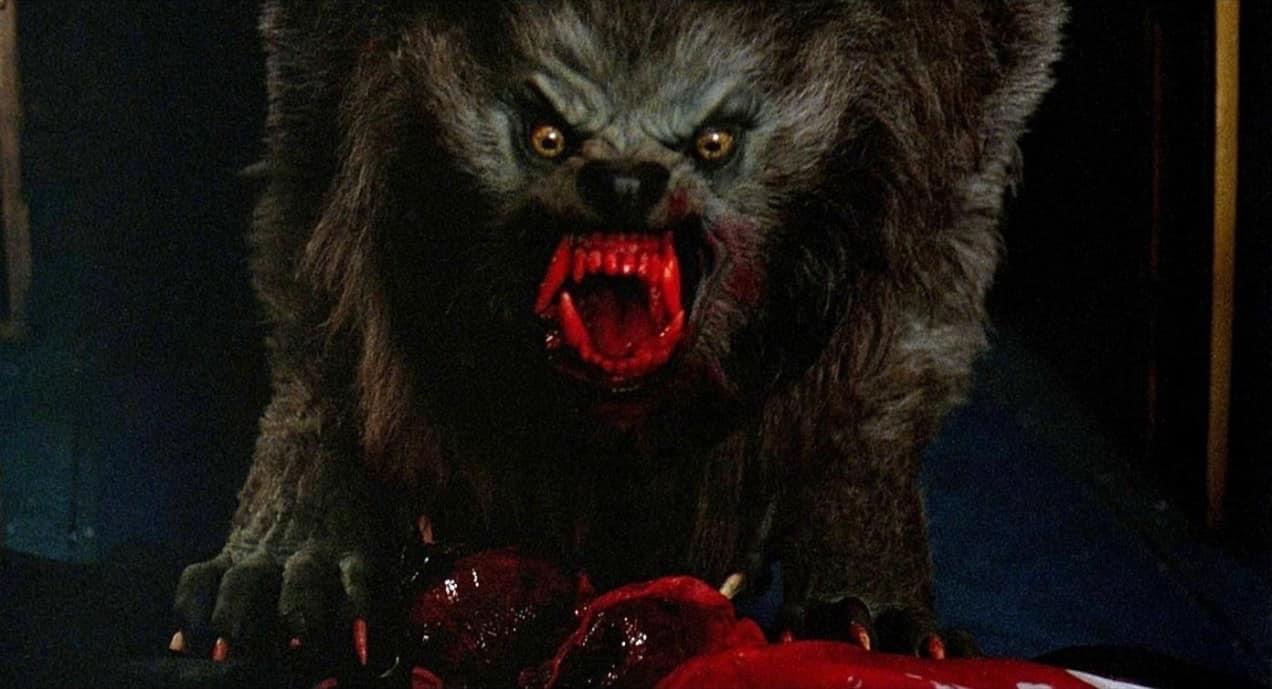
Tone and Genre-Blending
What makes An American Werewolf in London stand out is its masterful balancing of horror and comedy. John Landis’ background in comedy is evident, but the film’s humor never undercuts its moments of terror. Instead, the comedic elements make the horror even more effective by catching the audience off guard. There are moments of absurdity, particularly in David’s conversations with his increasingly decomposed undead friend Jack, that contrast sharply with the sheer brutality of the werewolf attacks.
The film’s ability to shift between these tones without feeling disjointed is one of its key strengths. One moment you’re laughing at David’s confusion and awkwardness in a foreign land, and the next, you’re confronted with grotesque violence or disturbing nightmare imagery. This tonal contrast keeps the audience unsettled, unsure of what will come next.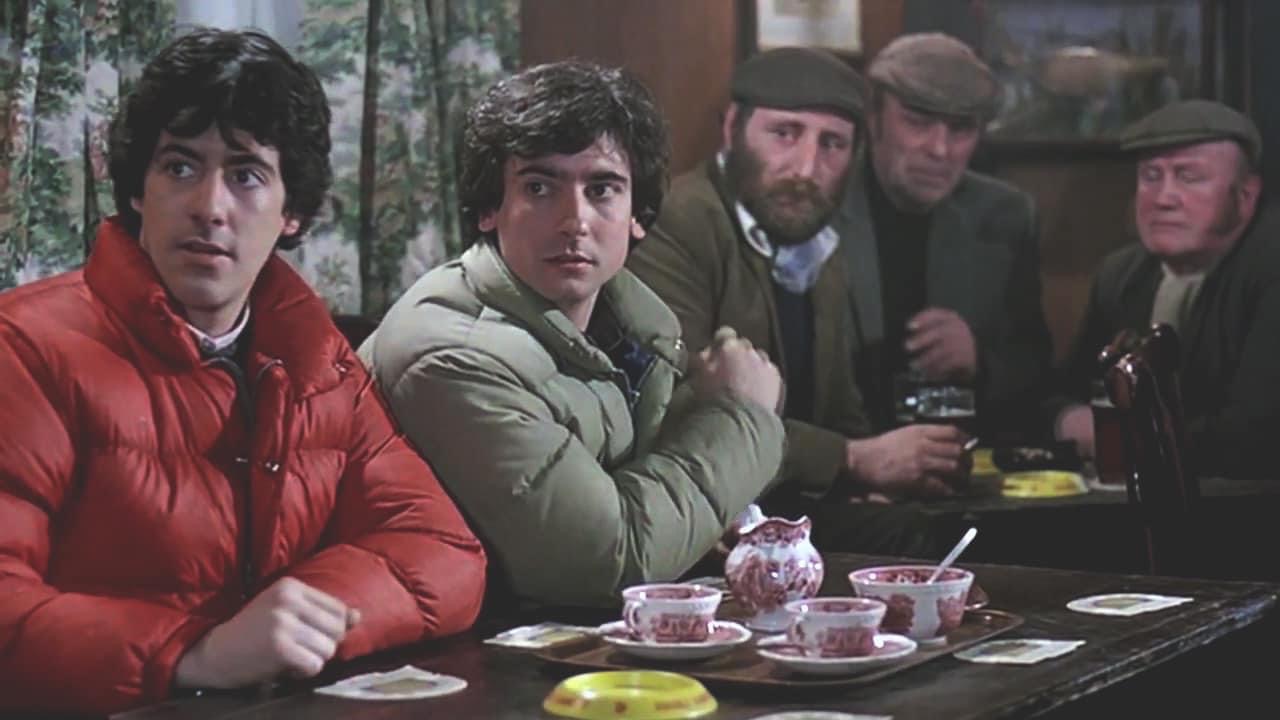
Special Effects and Make-Up
The most iconic aspect of An American Werewolf in London is its special effects, particularly the transformation scene in which David turns into a werewolf. Created by makeup artist Rick Baker, the transformation is a landmark in practical effects, showing every painful detail as David’s body elongates, his bones crack, and his skin stretches to accommodate his new form. The scene lasts several minutes and is unflinchingly graphic, emphasizing the sheer agony of becoming a monster. This sequence won Baker the first-ever Academy Award for Best Makeup, cementing the film’s legacy in the special effects realm.
The werewolf itself is also a terrifying creation, far removed from the more human-like werewolves seen in previous films. It’s a hulking, quadrupedal beast, which adds to the visceral horror of its attacks. The practical effects give the creature a tangible, physical presence, making the horror feel real in a way that CGI often fails to achieve.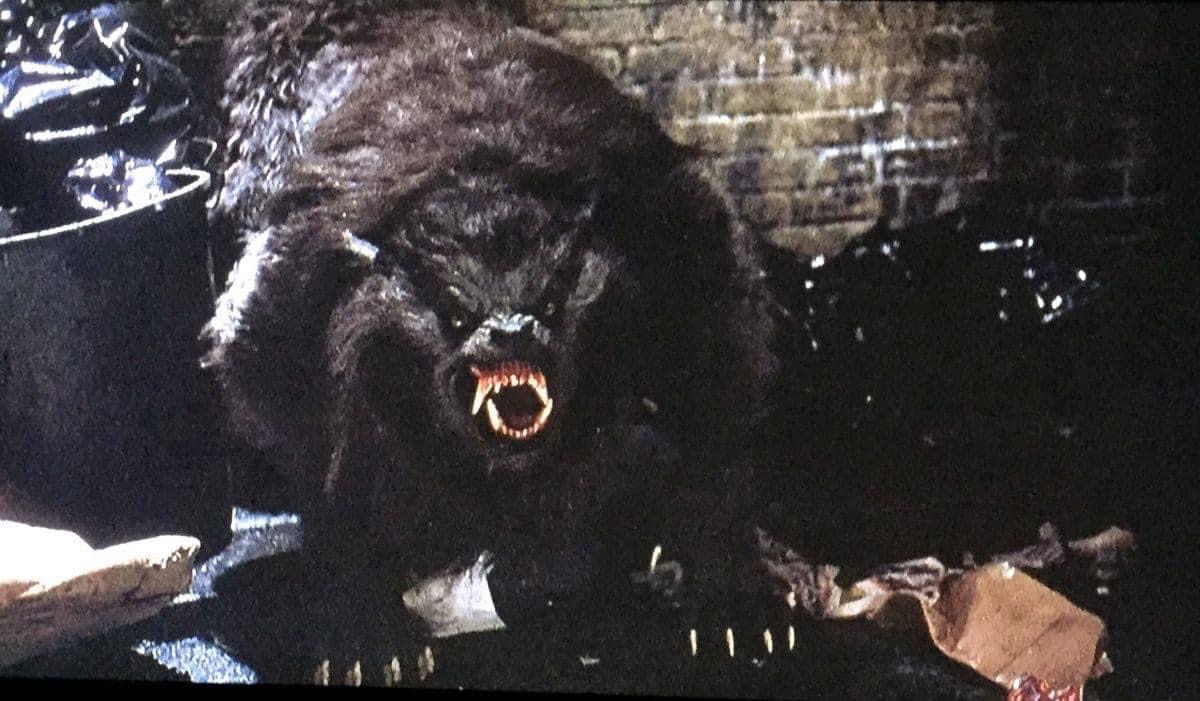
Performances
David Naughton as the lead, David Kessler, brings a likable, everyman quality to the role. His gradual descent from a carefree tourist to a tortured man grappling with the horrors of his condition is well portrayed. Naughton skillfully blends humor and vulnerability, making his character’s tragic fate resonate with the audience.
Griffin Dunne as Jack provides the film’s darkest humor. Despite being dead, Jack keeps appearing to David in increasingly decayed states, urging him to kill himself before he kills others. Dunne’s performance walks a fine line between comedic and morbid, and his scenes add a surreal, almost absurdist element to the movie.
Jenny Agutter as Alex, David’s love interest, brings warmth and compassion to the story. While her character is not deeply fleshed out, she serves as the emotional core, giving David a brief hope for redemption or normalcy.
Themes and Subtext
At its core, An American Werewolf in London is a story of identity and transformation. David’s journey reflects the classic werewolf mythos: the struggle between one’s human self and the uncontrollable, violent urges of the beast within. The film explores the helplessness of losing control over one’s own body and destiny.
There is also a tragic undertone throughout the film, as David’s fate seems sealed from the start. Despite the humor, the story is ultimately one of inevitability and doom, with David caught in a curse he cannot escape. His nightmares, filled with imagery of Nazi werewolves and violent deaths, mirror his subconscious fear of losing his humanity.
Criticism
While An American Werewolf in London is a beloved cult classic, it’s not without its flaws. Some viewers might find the abrupt tonal shifts jarring, though others see it as part of the film’s charm. The romance subplot between David and Alex, while providing emotional depth, feels underdeveloped at times, and the pacing can feel slow in certain sections, particularly in the middle.
Additionally, the film’s ending, while shocking and effective, may feel too sudden for some viewers, offering little resolution and leaving the audience with a sense of bleak finality.
Conclusion
An American Werewolf in London is a groundbreaking horror-comedy that deftly combines gruesome horror with moments of absurdity and humor. Its innovative special effects, particularly the transformation sequence, remain a high watermark in the genre, and its unique blend of tones makes it stand out from other werewolf films. While its shifts in tone and some underdeveloped subplots may not work for everyone, the film’s overall impact is undeniable.
For fans of horror that doesn’t take itself too seriously yet still delivers on the scares, An American Werewolf in London remains a must-watch, and its legacy as one of the best werewolf movies ever made is well deserved.











